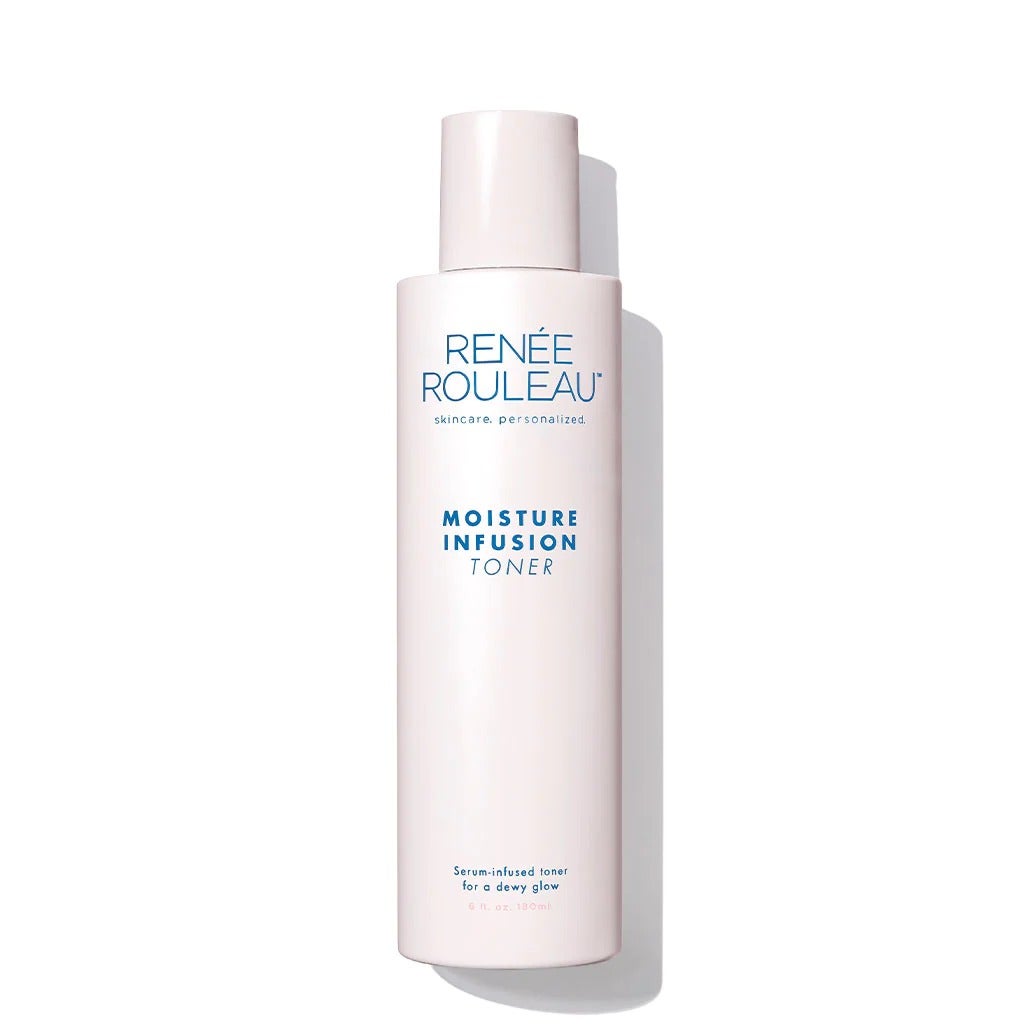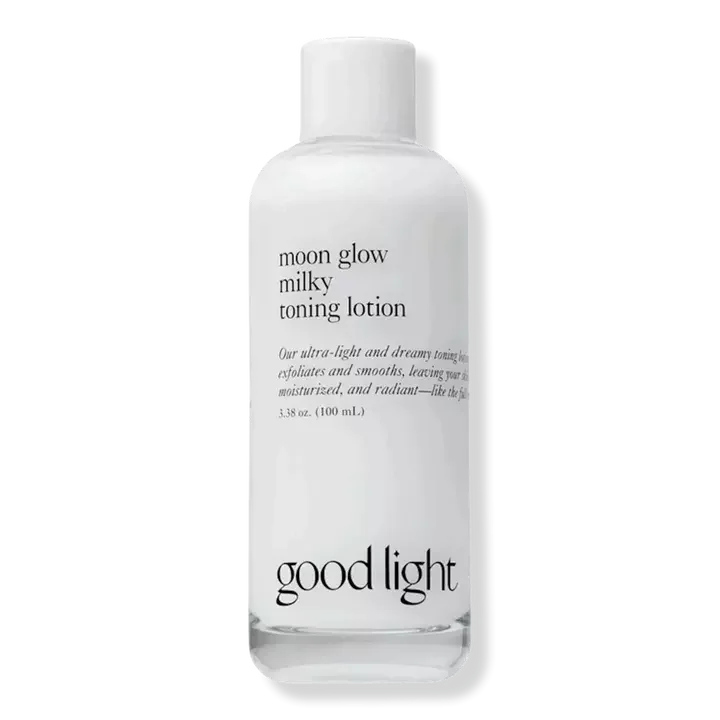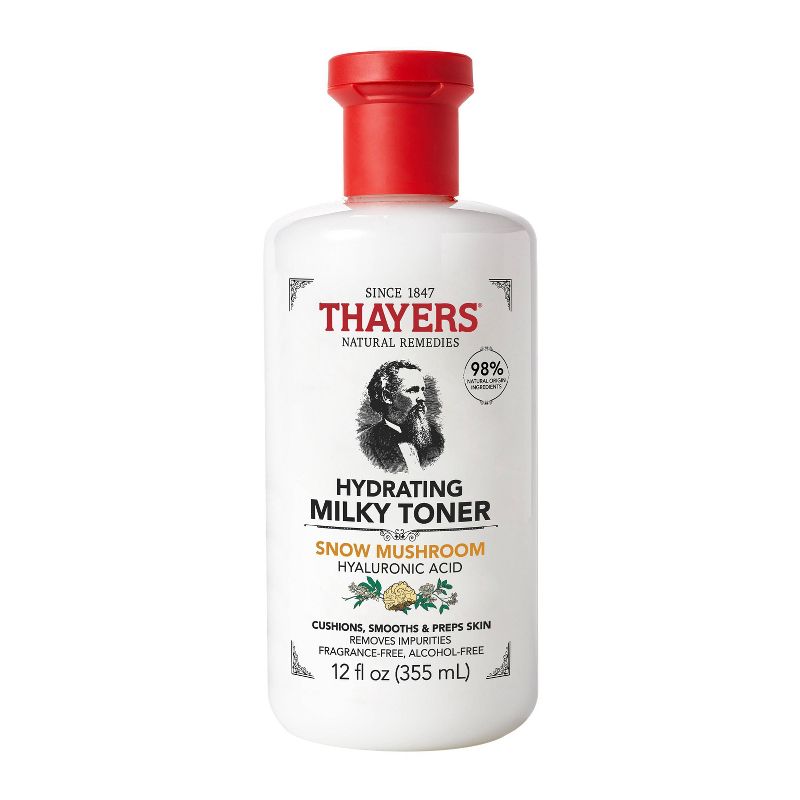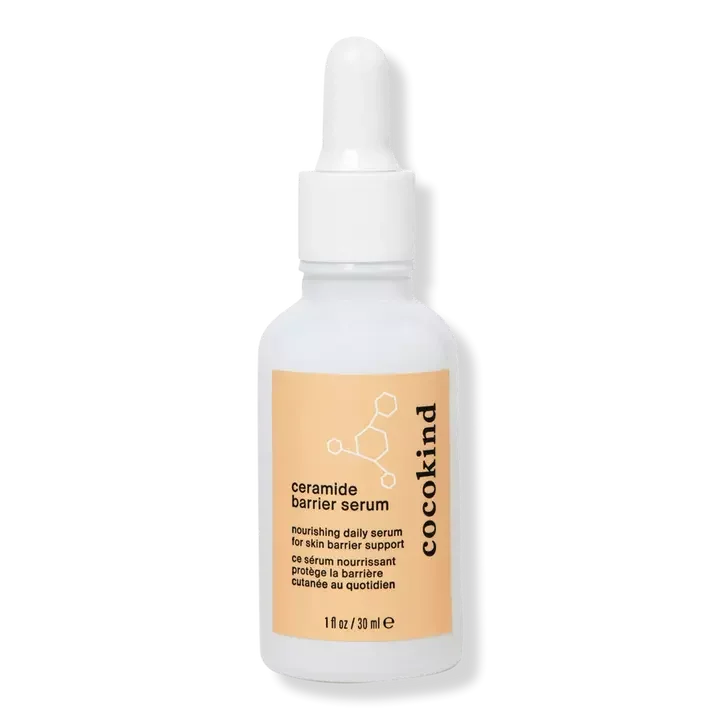Over the past couple of years, there’s been a focus on the skin barrier, which was once mostly left for dermatologists to worry about. Now, the phrase “damaged moisture barrier” as a cause for concern has been burned into our collective psyche. Yes, your skin barrier is extremely important, and yes, it can become compromised through a variety of factors. But the five-alarm fire of it all, experts say, has been overstated. The truth is that our skin barriers are overall better than they’ve ever been, and the more we obsess over “fixing” them, the more we risk doing real harm.
AdvertisementADVERTISEMENT
Ahead, we spoke to professional estheticians and dermatologists about the rise of the skin-barrier fixation, what exactly a damaged skin barrier looks and feels like, how to know when the time for actual skintervention for barrier health is necessary — and when we’re just buying into the clever marketing.
What is the skin barrier, anyway, and why is it so important?
Essentially, the skin barrier is the outermost layer of your skin (also known as the stratum corneum) that works as a sort of protective veil to insulate your face against environmental stressors. A combination of cholesterol, fatty acids, and ceramides in that layer keeps all the good stuff (like water) in and all the bad stuff (like pollution and free radicals) out. Our skin’s barrier function is critical not only for superficial skin health but our overall health, too: Without it, there’d be nothing to protect our bodies from outside pathogens.
Michelle Henry, MD, a board-certified dermatologist based in New York, emphasizes that “a healthy, balanced, and well-hydrated skin barrier should always be on top of our list of skin care goals” — but we didn’t always know that. Renée Rouleau, celebrity esthetician and founder of her eponymous skin-care line, tells us that the average skin-care routine looked a lot different just a couple of decades ago, back when people didn’t have the term “moisture barrier” in their vocabulary (or even “exfoliation,” for that matter).
For decades, a typical skin-care regimen usually consisted of three steps: cleanse (often with a harsh and drying bar soap), tone (typically with an astringent full of drying alcohols), and moisturize with a heavy cream full of mineral oil (unless you had oily skin, in which case it’s likely you didn’t moisturize at all). To make matters worse, in the ‘80s and ‘90s, archaic tools like the Buf Puf Facial Sponge, which Rouleau describes as “a Brillo Pad for your face,” were extremely popular. “No one knew what a moisture barrier was, and they would just scrub and scrub at their skin, especially if they were acne-prone,” she explains. The overall sentiment was that dry, tight, “squeaky clean” skin was a good thing.
AdvertisementADVERTISEMENT
The early aughts ushered in a new crop of popular products: the Buf Puf was replaced with Clarisonic, another method of scrubbing your skin into oblivion, while the moisture-zapping original Proactiv three-step system was marketed as a must for those with acne. Exfoliating acids and retinoids were sold at incredibly high percentages in poorly stabilized formulas. (Rouleau recalls leaving a pure 20% glycolic acid gel on her skin for 10 minutes before rinsing and wiping her face with a damp washcloth per the instructions, leaving her with oozing skin that later scabbed over due to the utter annihilation of the skin cells. Yikes.) Retin-A (a brand name for tretinoin) hit the mainstream in the early ‘90s after the FDA approved it for the treatment of photodamage from the sun — but when the news spread rapidly of its off-label use for treating wrinkles, everyone and their (our) moms wanted to get their hands on it, unaware of how drying and sensitizing it could be when used improperly. Then, our generation grew up on facial scrubs with jagged bits of walnut shells or apricot pits (you know the ones, cough).
Our collective skin-care knowledge has definitely improved overall, but that doesn’t mean we always do the right thing for our faces. While some of the factors that can lead to a compromised skin barrier are out of our control (such as harsh weather conditions), the products we opt to use play a major role. Buying products just because they’re popular on TikTok or Reddit doesn’t mean they’re right for our individual skin types; combining the wrong active ingredients (or too many actives) can also backfire. Yes, we’ve come a long way from the Buf Puf, but retinoids and acids still get abused. An exfoliating acid serum could have a great, gentle formulation, but if you’re using it every single day of the week, you’re still going to risk getting a compromised barrier.
AdvertisementADVERTISEMENT
How do you know if your skin barrier is damaged?
There are a few tell-tale signs of a damaged skin barrier that manifest when the outermost layer is compromised, which means it’s unable to protect the skin from external aggressors and cannot retain moisture. A damaged skin barrier may appear as flaky, dry skin, with increased sensitivity, redness, uneven discoloration, or even burning sensations. You’ll know when it’s time to step in — like if you begin to feel sensitive or tight and dehydrated, or if a preexisting condition like eczema or rosacea flares up. “When the barrier is damaged, allergens, pollutants, and irritants can find their way into the skin, causing rashes, breakouts, and further inflammation,” says Sarah Akram, a celebrity facialist and esthetician. “Once you repair the barrier, you can incorporate products to reverse any damage caused by the barrier being compromised.”
Ideally, the time for intervention should occur before there is persistent redness and irritation. “At the first inkling of dryness and irritation, it’s important to use products that support and enhance the protective value of the skin's innate barrier system,” says Elena Jones, MD, board-certified dermatologist and Humanrace Chief Dermatologist. “Once the barrier has been disrupted, effective ingredients should be used to ensure adequate hydration and to minimize irritation.” In severe cases, you’ll want to consult with your derm — you may need intervention in the form of a reparative moisturizer or a prescription treatment, or it could be another ailment, like perioral dermatitis.
AdvertisementADVERTISEMENT
How can you treat a damaged skin barrier?
With the rise of new skin-care brands and products geared specifically toward barrier support, as well as viral social media skin-care trends, many are becoming aware of the crucial importance of a healthy skin barrier and what that looks like. “We all react to skin-care products differently, which is why it's essential to not overwhelm our skin with excess ingredients, but instead handpick formulations that are effective and gentle,” says Dr. Henry.
Crucially, repairing barrier damage is not the same as truly reversing it. Dr. Henry explains that reversing skin barrier damage entails full rehabilitation of the damaged barrier back into its original and unimpaired state, while repairing the damage refers to the prompt restoration of skin barrier health by the removal of irritants and triggers. “If you begin by addressing concerns that repair the damage, such as not overly stripping the skin of its natural humectants [that lock in moisture] when cleansing or exfoliating, you can begin the process of reversing the damage with a simple routine that is based upon preparing, protecting, and repairing the skin barrier,” Dr. Jones adds.
Shereene Idriss, MD, a board-certified dermatologist and founder of skin-care brand PillowtalkDerm, believes in prevention. The question we should be asking, she says, is how we can prevent damage to the skin barrier in the first place? The answer: “Having a well-balanced, targeted skin-care routine, not going ham with exfoliation, and using the right hydrating ingredients and products for your skin type,” she explains.Reminder: The best skincare routine is one you’ll actually do, and it does come with a lot of trial and error. If you’re still lost, it’s totally fine to have an appointment with your dermatologist or esthetician to come up with something that works for you.
AdvertisementADVERTISEMENT
Should we be worrying so much about our skin barrier?
Needless to say, everyone is much more educated about how to use active ingredients now than they were in decades past, and most products on the market are better-formulated, too. They’re better-stabilized and more gentle. There are also way more options to choose from, but at the end of the day, it’s all about listening to your skin and not overdoing it. A simple three- or four-step skin-care routine might look something like this: a non-stripping cleanser (like CeraVe Hydrating Cream-to-Foam Cleanser or Undefined Beauty R&R Cleanser), a hydrating or moisturizing toner (such as Renee Rouleau Moisture Infusion Toner, Thayers Milky Hydrating Face Toner, or Good Light Moon Glow Milky Toning Lotion), an occlusive and emollient moisturizer to help hydrate and repair, and sunscreen in the daytime.
shop 5 products
Of all these steps, after SPF, the most efficient, and impactful skin-care product for maintaining a healthy skin barrier is a good moisturizer. Dr. Idriss recommends hydrating glycerin-based moisturizers, like Kiehl's Ultra Facial Cream, to help keep your skin barrier intact. The Ultra Facial Cream, E.L.F. Cosmetics SuperHydrate Moisturizer, and Humanrace Humidifying Face Cream all use squalane, a plant-based oil that mimics the lipids (fats) your skin naturally produces (making it a dream for reinforcing the skin barrier). And if you’re looking to add a serum into your routine, Cocokind Ceramide Barrier Serum features five types of ceramides and lipids to reduce transepidermal water loss (that’s when water evaporates from the skin’s surface, leading to poor moisture retention), making it great for barrier support and prevention.
AdvertisementADVERTISEMENT
shop 4 products
We’re right to have concerns about our skin barrier, but as Dr. Idriss says, it’s more important to focus on prevention than get caught up in a concept we saw on our For You page. Products now are far gentler than they’ve ever been before, so rather than fearmonger, it’s a chance for education. As long as you’re not using Sea Breeze, you’re doing great, sweetie.
At Refinery29, we’re here to help you navigate this overwhelming world of stuff. All of our market picks are independently selected and curated by the editorial team. If you buy something we link to on our site, Refinery29 may earn commission.
AdvertisementADVERTISEMENT















